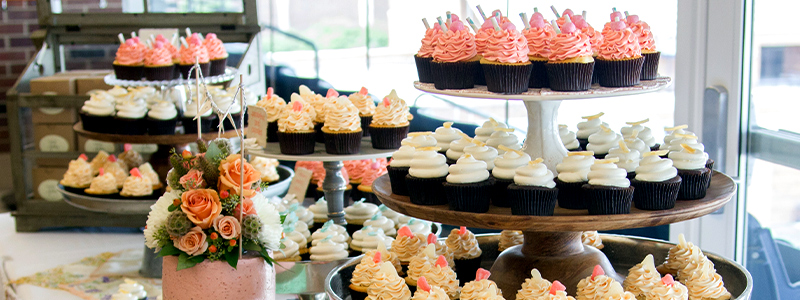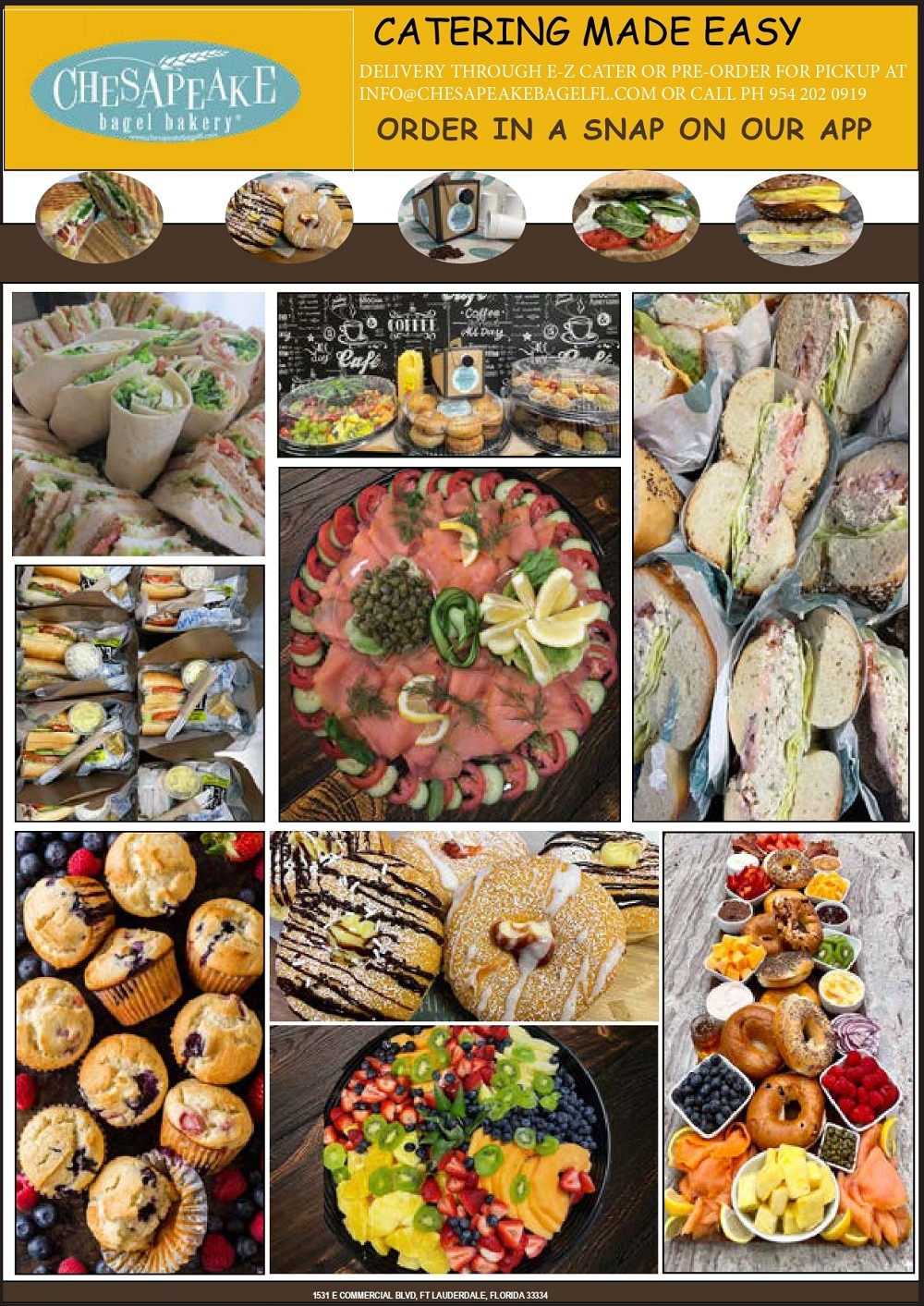Make Your Celebration Special with Birthday Catering Maddington
Make Your Celebration Special with Birthday Catering Maddington
Blog Article
Understanding the Art of Bakery Products: From Newly Baked Breads to Tempting Pastries and Finger Foods
From the scientific research behind the ideal loaf of bread, where fermentation and gluten advancement play critical roles, to the finesse required for producing layered pastries, each element exposes a compelling narrative of craftsmanship. The adaptability of finger foods highlights exactly how flavor and structure can be artfully combined to engage varied preference preferences.
The Science of Bread Making
At the heart of every loaf of bread exists a remarkable interplay of chemistry and biology. The procedure of bread making begins with the combination of flour, yeast, water, and salt-- each active ingredient playing an essential function in the last product.
Yeast, a living microorganism, ferments the sugars present in the flour, generating carbon dioxide and alcohol in the procedure. The co2 gas produces bubbles in the dough, creating it to increase and create a light texture. The temperature and moisture during fermentation significantly affect yeast activity and, as a result, the bread's flavor and texture.

Mastering Bread Methods
How can one attain the delicate equilibrium of structure and taste that specifies outstanding pastry? Understanding pastry strategies requires a deep understanding of active ingredients, methods, and the scientific research behind them. Basic to this craft is the choice of high-quality components-- flour, butter, sugar, and eggs-- each playing an essential duty in the final product's taste and texture.
The method of lamination, which entails folding layers of dough and butter, creates the preferred flakiness in breads like croissants and smoke pastry. Accuracy in temperature level is vital, as butter ought to continue to be cold to guarantee optimum layers. Proper mixing techniques, such as the creaming strategy for cakes, guarantee also unification of air and fat, resulting in a light and airy crumb.
In addition, preserving the ideal moisture levels throughout cooking can dramatically affect the end result, making sure that pastries increase appropriately and accomplish that golden-brown finish. The art of bread also requires patience and method; each effort boosts one's ability and understanding of the intricate balance needed to develop tempting pastries that delight the senses. Mastery in these methods eventually distinguishes a knowledgeable pastry cook from an amateur.
Kinds Of Finger Foods
The globe of culinary thrills expands past pastries to encompass a wide selection of finger foods, which are commemorated for their benefit and flexibility. These bite-sized treats are excellent for celebrations, supplying a variety of flavors and textures that cater to varied tastes buds.

On the sweeter side, tiny tarts and bite-sized cupcakes provide a fascinating surface to any kind of dish, appealing to those with a craving for sweets. Cheese and charcuterie boards offer as a sophisticated option, enabling visitors to customize their bites with a selection of meats, nuts, cheeses, and fruits.
Taste Profiles in Cooking
Cooking Full Article is a detailed dance of flavor profiles that incorporates pleasant, savory, and umami notes to develop an unified experience for the taste buds. Understanding these accounts is essential for bakers looking for to boost their developments.
Sweetness frequently serves as the structure in baked items, with sugars, fruits, and natural sweeteners boosting taste depth. Ingredients such as delicious chocolate and sugar introduce complex sweet notes that can either control or match other flavors. Alternatively, mouthwatering elements, frequently found in breads and breads, offer balance and contrast. Active ingredients like natural herbs, cheeses, and spices can transform a simple dough right into a multifaceted flavor experience.
Umami, regularly forgotten in cooking, plays a substantial function in enriching tastes. Ingredients such as aged cheeses, fermented items, and even certain nuts add to a mouthwatering depth that boosts total taste.
Additionally, the interaction of acidity from ingredients like buttermilk or citrus passion can lighten up flavors, using a refreshing counterpoint to sweet taste. By thoughtfully integrating these taste accounts, bakers can craft items that resonate with diverse tastes buds, producing a memorable culinary experience. Inevitably, grasping taste accounts is essential to innovation worldwide of cooking.
Necessary Cooking Tools and Active Ingredients
Recognizing taste profiles in cooking collections the phase for picking the right devices and active ingredients that facilitate the creation of remarkable baked products. The foundation of successful baking lies in having important tools at your disposal. Key items include mixing bowls, measuring cups, and spoons for precision, as well as a strong stand mixer or hand mixer for uncomplicated blending. A reputable set of baking pans-- such as sheet pans, loaf frying pans, and cake frying pans-- is critical for achieving desired structures and shapes.
In regards to components, quality issues dramatically. Flour functions as the backbone of the majority of recipes; choosing the appropriate kind-- be it all-purpose, bread, or bread flour-- can considerably influence the outcome. Sugar not just sweetens but likewise contributes to appearance, while eggs serve as binders and raising agents. Cooking powder and baking soft drink are necessary for creating lift in cakes and breads.
Furthermore, including flavor boosters like vanilla remove, spices, and citrus passion can boost your creations. By making sure accessibility to these fundamental tools and active ingredients, bakers can with confidence embark on their cooking trip, crafting a diverse range of wonderful baked items.
Conclusion
Mastery in bread making, pastry prep work, and finger food presentation reveals the detailed relationships between active ingredients and procedures. Bakery site link Catering Maddington. Exploring varied taste profiles enriches the baking experience, while important tools and active ingredients supply the foundation for success.
Just how can click to read one accomplish the delicate equilibrium of structure and taste that specifies extraordinary pastry? Basic to this craft is the choice of top quality active ingredients-- flour, butter, sugar, and eggs-- each playing a critical function in the last item's taste and structure.

Recognizing taste accounts in baking sets the stage for selecting the right tools and ingredients that help with the development of phenomenal baked goods. Exploring diverse flavor profiles enhances the baking experience, while crucial devices and ingredients offer the foundation for success.
Report this page